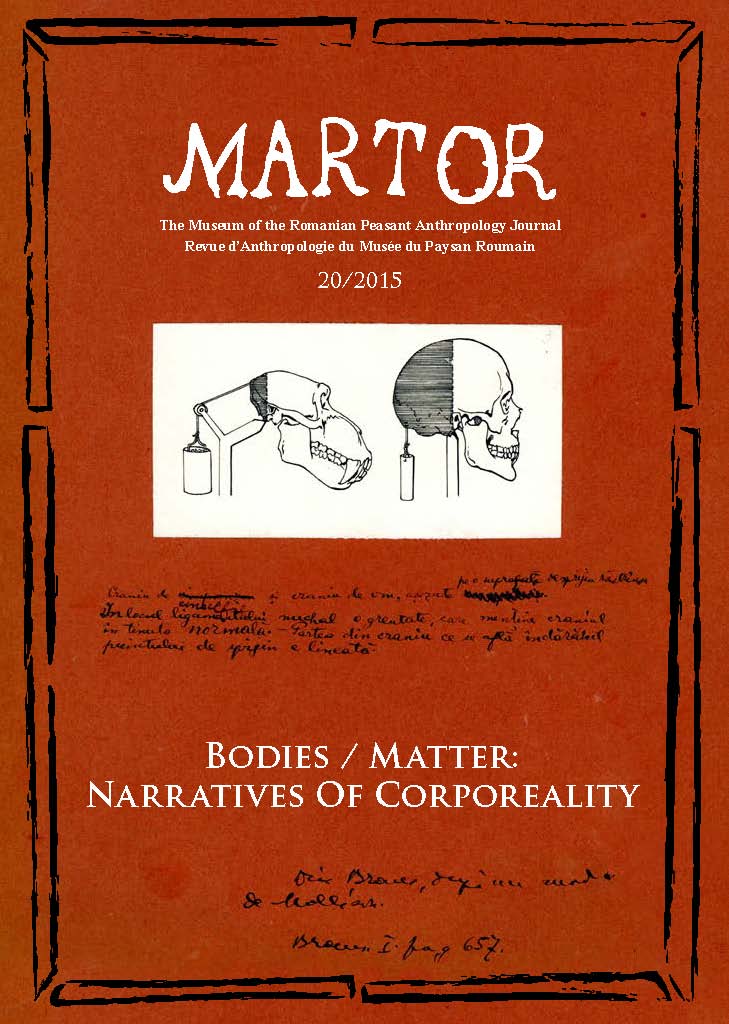
We kindly inform you that, as long as the subject affiliation of our 300.000+ articles is in progress, you might get unsufficient or no results on your third level or second level search. In this case, please broaden your search criteria.

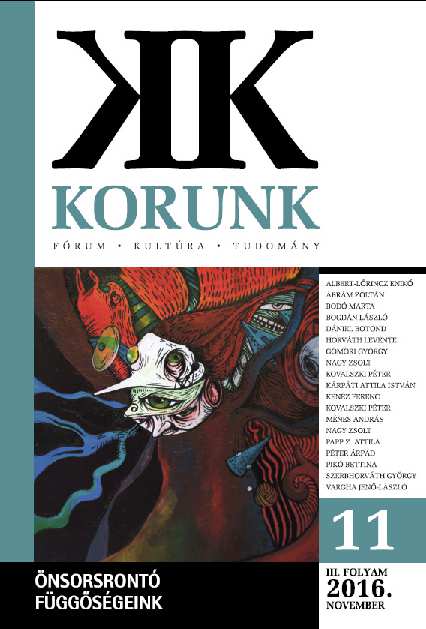

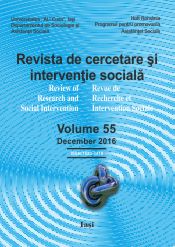
Osteoporosis (OP) is nowadays considered one of the most important health care problems due to its frequency and due to medical and socio-economic consequences of its major complications, fragility fractures. The Global burden of OP has not been completely described yet, but the most recent data regarding incidence, morbidity, mortality and costs of these fractures resulted in a considerable increase of interest towards its prevention. Establishing proper prophylactic measures requires an organized social intervention, at several levels, focused on health care providers, but including a complex network of institutions and structures. One of the key points for an early effective intervention refers to improving the knowledge of the potentially exposed persons, so that they could actively be involved in prophylaxis. This paper analyses the degree of awareness regarding risk factors for OP in order to establish proper strategies able to decrease the incidence of this condition and, thus, its complications. Since the incidence of OP is maximal in post-menopause women, the target group was represented by women before 45 years old treated for non-osteoporotic fractures in a Level 1 Trauma Centre. This research showed that the risk factors are unequally known, that the primary health care services only partially fulfill their preventive and educational role and the compliance to medical recommendations is not proper. Therefore, future directions for decreasing the impact of OP can be established, targeting enhanced health education by stakeholders, as well as increased material resources from our society for prevention activities.
More...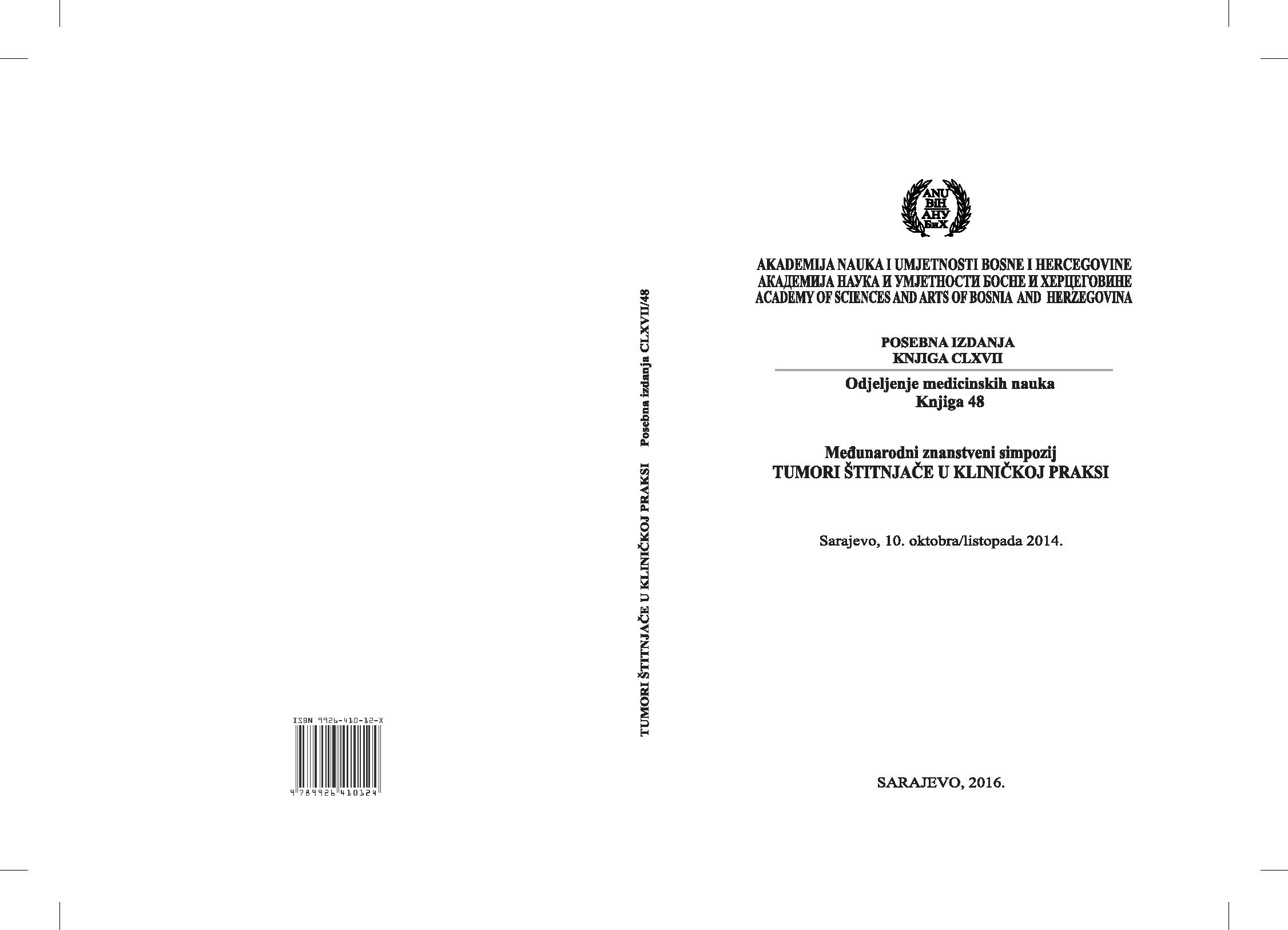
Aim: The aim of this paper is to assess the available data sources on the trends of cardiovascular diseases (CVDs) and related risk factors in Bosnia and Herzegovina (BiH), in comparison with data from some of the neighbouring countries and the European Region average of the World Health Organization (WHO). Background: Mortality and morbidity from cardiovascular diseases in BiH are influenced by interaction of different socio-economic factors, metabolic and behavioural risk factors. Methods: Analysis of trends of CVDs mortality in BiH in the 2005-2014 period, with use of available data from the Agency for Statistics of BiH, entity Institutes for Public Health and the results of the population surveys conducted and analysed for BiH. Comparison of CVD mortality trends and risk factor exposure in BiH with the recent data for CVD trends in neighbouring countries and WHO average for the European Region. Results: The analysis showed that more than half of the population in BiH is dying from CVDs, while hypertension, overweight/obesity, lack of physical activity, alcohol and tobacco consumption contribute as main risk factors. CVD mortality and risk factor exposure are above the average of neighbouring countries and the WHO average for the European region. Conclusion: Emerging trends in morbidity and mortality from cardiovascular diseases are one of the major public health challenges in BiH. Preventive oriented health services, mainly at primary health care, should be supported by health promotion interventions directed towards whole population and groups under risk.
More...
AIDS is an example of the global threat. In my article I would like to present the most important ethical dilemmas related to global outspreading of AIDS/HIV epidemic in the world and also make an attempt of finding a possible solution. I assume that the dilemmas could be described in three basic dimensions: The first discussed ethical problem is related to treating sick people by the healthy people. We observe the discrimination of people suffering from AIDS/HIV and it stands in opposition to Christianity and Church which commands to accept sick people, to respect and help them. The second discussed aspect concerns ethical challenges that modern medicine must face regarding the outspread of AIDS and HIV. On one hand, medical stuff who have contact with blood must incessantly confront their fear of infection with duty of helping people and providing medical care. On the other hand, medical professionals may encounter the moral dilemma how to keep medical records in secret and protect interests of people who are exposed to infection. The last important ethical dimension of global AIDS epidemic and other civilisation illnesses, which has been recently observed, is the polarization of the world in the field of health.
More...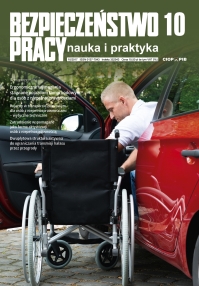
Independent mobility is significant for everybody’s quality of life; it is especially important for people with disabilities. This article presents ergonomics guidelines for adapting individual cars to meet the needs of drivers with disabilities and their passengers. The solutions have been described for individual cars and for universal cars for transporting any user of a wheelchair. This article ends with a confrontation of the guidelines with the principles of ergonomics.
More...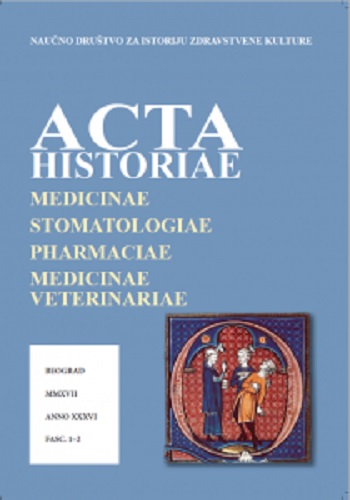
Participants of the failed Reform of the Judiciary from the Government and Non-Government sectors indicate the existence of fear among judges and prosecutors, but does not offer a clear answer to the causes of the condition. This paper investigates the role of the academic community and intelligence agencies in the Security System Reform (SSR), i.e. their intervention in the Criminal Justice System. The subsequent problems in the reform of the Serbian Justice System could be explained by “politicization and ideologization of human rights that usually comes from methalegal sources of power – political, economic or military (which) (…) arbitrarily usurp right to control (…) human Rights and apply the so-called double standards (…) Intention of the author of this paper is to initiate awareness of mental pollution and its attachment to Human Rights to Life and a Healthy Life” [1]
More...
This paper deals with the results of findings on the fundus at 226 patients with hypertension in relation to the height of diastolic pressure and the age of a patient and the changes on the fundus during therapy. The finding on the fundus is one of the most important findings in the evaluation of difficulty of Arterial hypertension. With the increase of diastolic pressure, the severity of changes on the fundus also grows. Beside diastolic pressure, duration of hypertension and age of patient play an important role.
More...
One of the most important interests of each society is to establish the highest level of occupational safety and health, with the aim of minimizing all adverse effects: injuries at work, occupational diseases, work-related illnesses. The ultimate imperative is the creation of such workplace conditions where the employee would have a sense of satisfaction in performing the assigned professional tasks. One way to achieve this ambitious goal is to have a legal regulation that creates a platform for effective occupational safety. This paper analyzes the legislation on occupational safety and health in the Republic of Serbia and the Republic of Montenegro. By comparing these two legal systems in the field of occupational safety and health, we will discuss the advantages and deficiencies of each, and provide some ideas for their improvement.
More...
This article provides an overview of the problems and challenges that arise in the field of public health in Poland. In the first part it discusses general issues, i.e. the definition of public health, its essential operations according to WHO and core services, as well as public spending on preventive services. Next, it examines some aspects of the public health practice, with special attention given to planning, evaluation and good practices, as well as recommendations for public health capacity improvements. The author claims that it is necessary to standardize the terminology and develop tools, standards and work protocols regarding public health.
More...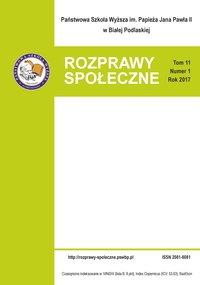
Medical documentation of 4680 patients of an individual nursing practice in Jarosław, Poland, was analyzed statistically. The inclusion criteria of the conducted research were patients age ≥60 years with type 2 diabetes diagnosed by a physician. The study patients were selected with the use of a diagnostic survey method, the authors’ own questionnaire, and medical documentation analysis. As a result, the study involved 170 patients. The chi-square test of independence and the Mann-Whitney test were applied to verify the differences between the variables. The majority of the studied patients were women (61.1%), in the 71–80 age group (57.6%). Irrespective of gender, diabetes was most often diagnosed in people in early senility, aged 60–70 years (62.9%). Most of the respondents received oral medications (59.4%); had a large waist circumference (92.9%), as well as high body mass index (95.3%). In the majority of the elderly, no hypoglycaemia (83.0%) or hyperglycaemia (77.6%) were recognized. However, numerous complications were diagnosed, namely dyslipidaemia (85.9%), hypertension (81.8%), macroangiopathy (90.0%), microangiopathy (71.2%), and ophthalmological diseases (25.9%). Most diabetics suffer from overweight or obesity, and long-term diabetes complications. Analyzing the incidence of diabetes and its complications should help to outline further actions that need to be taken to diagnose and prevent the disease in order to detect its complications early and prolong the patients’ survival as well as raise their quality of life.
More...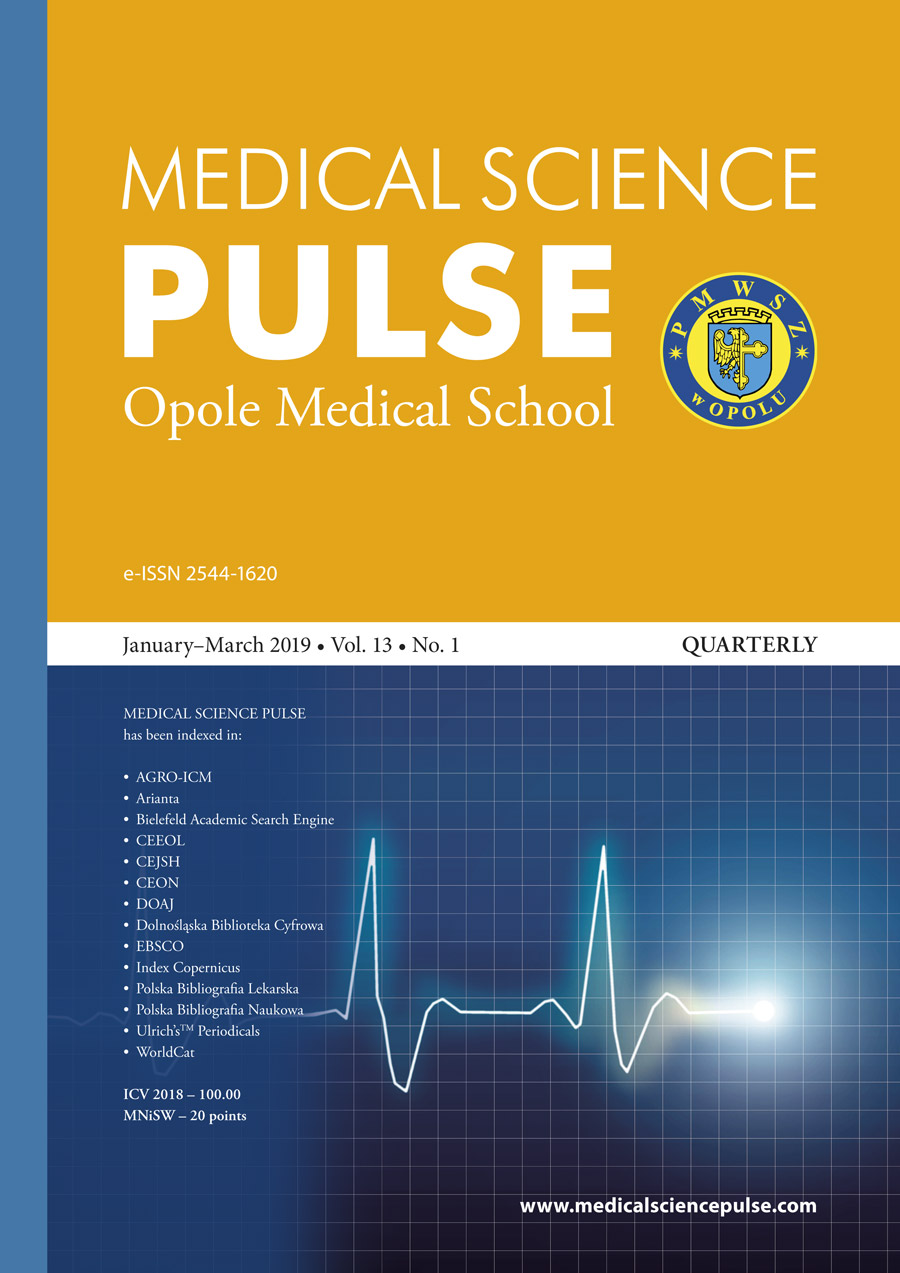
Background: Healthcare professionals have new challenges to deal with. Aim of the study: To reveal whether emotional intelligence could help healthcare professionals meet these new challenges. Material and methods: Literature review. Results: Emotional intelligence is seen as a valid strategy that can produce visible results. Conclusions: It has been shown that emotional competencies can be effectively developed. Healthcare professionals must take advantage of this to become more effective and successful in their professional growth.
More...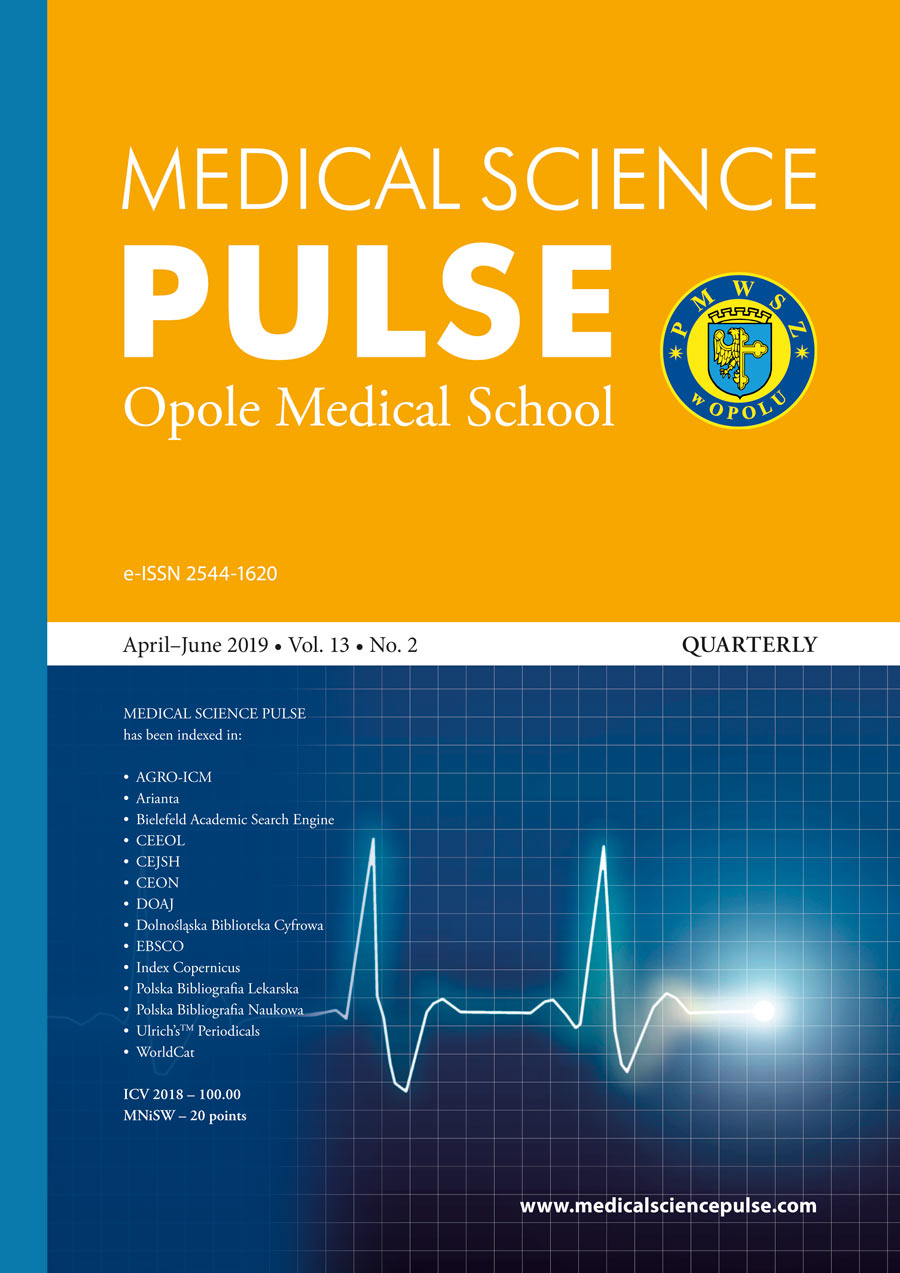
Background: Medical assistants/care coordinators play a crucial role in the coordinated care system. The tasks of nurses and some qualified supporting staff have been extended to include this role along with the implementation of the pilot program POZ Plus in Polish primary healthcare. A personalized approach to the patient is especially important during the implementation of large-scale prevention programs. Aim of the study: To assess who has the greatest influence on the patient’s decision to undergo screening colonoscopy and outline the current and potential roles of nurses in this process. Material and methods: This questionnaire-based study was conducted at the coordinated care facility Medical and Diagnostic Center (CMD) in Siedlce, Poland between March 1st and June 15th, 2017. Results: 138 patients participated in the study. The majority (75; 54.4%) reported they were directly convinced to undergo colonoscopy by a primary care physician. 18 (13.0%) were convinced by a nurse, and 22 (15.9%) by another specialist. The remaining (23; 16.7%) patients indicated other factors. The majority of patients (74; 53.6%) responded saying that all necessary information about the entire test course was provided by the nurse, while 35 (25.4%) shared that this information had come from the primary care physician, 8 (5.80%) from the specialist doctor, 3 (2.17%) from the receptionist and 18 (13.0%) from other sources of information, such as the Internet, leaflets and notice boards. Conclusions: We found that primary care physicians at this institution have an important role in convincing patients to undergo preventive colonoscopy, while nurses provide key information to patients on the preparation and the course of this procedure. Although the current model seems to be effective in a coordinated care setting, there may be still a place for nurse care coordinators to take on some tasks previously performed by doctors.
More...
Background: Physiotherapists are trained in the use of physical activity for health promotion, and therefore are expected to be physically active themselves. Aim of the study: This study determined the physical activity level and energy expenditure of clinical physiotherapists and physiotherapy educators. Materials and methods: The research design is cross-sectional survey. Sixty participants were selected using the consecutive sampling technique. A pedometer (Omron) was used to measure the number of steps taken by the participants, the distance covered, and the overall energy expenditure. The number of steps was used to classify the participants’ physical activity levels. The data obtained were analysed using descriptive statistics and frequency, percentages and chi-square inferential statistics, Pearson product-moment correlation, Spearman’s rank correlation, independent t-tests and Mann-Whitney U tests. The alpha level was set at 0.05. Results: The mean age and BMI of all participants were 36.81±7.86 years and 26.16±4.46kg/m2 respectively. The average number of steps taken per day was 8002±3411 and the mean energy expenditure was 248.26±182.92kcal. This study revealed that 21.3% of the participants were sedentary, 27.7% were ‘low active’, 27.7% were moderately active, 10.6% were active and 12.8% were highly active. The Pearson product-moment correlation coefficient showed a significant negative relationship between the number of steps and age (r = -0.292 p= 0.047) and a significant positive relationship between the number of steps and energy expenditure (r = 0.325; p = 0.026), respectively. There was a significant inverse relationship between the number of steps, the energy expenditure and the age of the participants. There was no significant difference in the number of steps per day, PAL and energy expenditure between clinical physiotherapists and physiotherapy educators. Conclusions: Physiotherapists should improve their physical activity levels, as most of them (76.7%) were classified in the low activity level category.
More...
Background: Physical activity (PA) has a positive effect on human health at all ages and it is especially important in older people. When insufficient, it may lead to the deterioration of a person’s health status. Aim of the study: The aim of the study was to assess the declared PA of the Universities of the Third Age (U3A) students and to examine the relationship between the level of PA, physical performance, and quality of life in this population. Material and methods: The study included 99 subjects, aged ≥60 years, with a Mini Mental State Examination score ≥24. Participants were examined using the International Physical Activity Questionnaire (IPAQ), the Short Form Health Survey (SF-36) questionnaire, the Short Physical Performance Battery (SPPB), the Activities of Daily Living scale (ADL), the Lawton Instrumental Activities of Daily Living scale (IADL), and the short form of the geriatric depression scale (GDS). Handgrip strength (HS) was measured using the baseline hydraulic dynamometer. Results: Statistically significant differences in the results of women and men were demonstrated in 5 variables: the level of PA measured with the IPAQ, physical component summary of the SF-36 questionnaire, the total SPPB score, HS of the dominant hand and the non-dominant hand. In all examinations, men obtained higher scores than women. Positive correlations between PA and the result of the ADL, IADL, SPPB, HS and physical component summary of the SF-36 questionnaire were shown. Conclusions: The study confirmed that the participants of the U3A classes mostly meet the recommendations regarding minimum PA and they willingly undertake regular PA. It translates into high functional and physical fitness, stronger muscles and a good QoL.
More...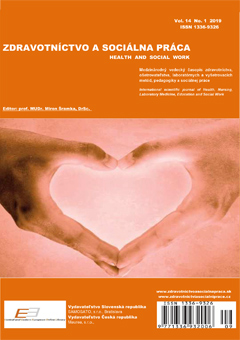
Introduction: Knowledge about microbial constitution of gastrointestinal tract is still being expanded, showing that its changes can influence whole organism. Microbiome contribution in pathogenesis of various diseases is being proven too. Moreover, many cases of coprophagy and consumption of other non-nutritive substances are appearing in psychiatric practice and institutionalized care. That, along with discovery of gut-to-brain axis, suggests influence of microbiome on our mental status. Core: Fecal microbial therapy (FMT) is currently shown in role of positive microbiome modulator. First historical uses of this method had shown, that it helped in alleviating gastrointestinal symptoms even in those times. Methods and processing, storing and application techniques of FMT are relatively easy, but there is still lack of standardization. That concerns donors and recipients too. In the present, its primary indication is recurrent Clostridium difficile enterocolitis, but implications of its future use are much wider. Conclusion: In the past, microorganisms were thought of as dangerous pathogens. Our current opinion has changed and microorganisms are considered to be crucial comensals in hosts health. Thanks to this, the next research and use of this therapeutical method in clinical practice is open and its further modifications and improvements will probably bring positive results.
More...
A quiet revolution underway is leading to changes in healthcare for many countries of the world. The sentinels of health have always been physicians; the medical model, representing the research, education, and experience of medical doctors, has worked well for treating acute conditions of injury and physical illness and been very successful in reducing disease-producing morbidity and mortality. But pressing contemporary issues, such as spiraling healthcare costs, population aging and the need to manage chronic conditions, and recognition that mental health care is necessary for societies to be physically healthy, are forcing a reevaluation of existing conceptualizations of care. In response, physicians are increasingly working in integrated practices with other specialists to broaden care coverage to include social and behavioral conditions empirically demonstrated to influence medical care outcomes. Aiding the development of these new, more inclusive models of healthcare are advances in communication technologies. Practitioners are now using synchronous and asynchronous forms of communication to deliver physical and mental health services beyond the boundaries of traditional brick-and-mortar practices, into communities where clients live and work. This brief review of the potential of telehealth to address disparities in healthcare has two purposes: 1) examine an innovative model of comprehensive, integrated biopsychosocial services useful in single- and multiple-location practices; and, 2) identify challenges of using synchronous, virtual technologies for client-centered, mental health care service provision in rural, underserved areas.
More...
Personalised medicine (PM) represents a paradigm shift away from the ‘one size fits all’ approach to the treatment and care of patients with a particular condition, to one which uses emergent technologies such as diagnostic tests, functional genomic technologies, and molecular pathway profiling to better manage patients’ health and employ target therapies. The current challenge for national and regional authorities is to facilitate the shift from a reactive healthcare system based on episodic and acute care models to a personalized health (PH) system that uses preventive and predictive measures, where at-risk individuals are stratified to intervene before the onset of symptoms or risk is predicted using cutting-edge technologies before symptoms appear. While PH is paving the way toward better and more efficient patient care, it still lacks the cooperation and coordination needed to organise the fragmented field, which is a severe drawback to its development and to the placement of effective financial investments. For this reason, it is crucial to direct major efforts towards coordinating and aligning relevant stakeholders across Europe and beyond, creating a participatory approach, building trust, enabling a multi-stakeholder process, and channeling investments towards PH. Thus, Regions4PerMed aims to coordinate regional policies and innovation programmes in PM and PH to accelerate the deployment of PH for patients.
More...
Children s tumours are one of numerous problem fields within the population ofpersons with motor disorders and/ or chronic diseases. In this study, a sample of 11 patients (8 boys and 3 girls) of chronological age between 6 and 15 years, who were hospitalised at the Oncology and Haematology Department of the Children s Hospital in Zagreb, was defined. According to the clinical study protocol, therapeutic breathing, relaxation exercises and music stimuli were applied for the purpose of arousing attention and psycho-emotional responsiveness ofpatients. The TEMAS (Tell-Me-A-Story) multicultural test of thematic apperception and a form of therapeutic approach was also applied. The programme PROM (Nikolié, 1997) was used in the analysis of qualitative and quantitative changes for controlled variables during the treatment, and the method by Joreskog, Karl G. (1966) was used for testing the differences among matrices of correlation in two assessment points for the fields of cognitive functions, personality functions and affective functions. The presented results arise from the scientific research project "Complementary Supportive Therapies and Development of Life Potentials ", supported by the Ministry of Science, Education and Sports of the Republic of Croatia. Based on the research results, it was established that the TEMAS model as a complementary diagnostic and supportive- therapeutic approach; in particular, changes were established in verbal fluency, as well as in encouraging and releasing the child s spontaneity and creativity. The need for further research in this field has been noted as well.
More...